The main clinical base of the 1st Department of Surgical Diseases is the Healthcare Institution "Grodno University Clinic", which has 5 specialized surgical departments. An additional clinical base of the department is the state institution "1134 Military Clinical Medical Center of the Armed Forces of the Republic of Belarus", where the surgical department also operates. The employees of the department carry out medical and consultative work in the surgical departments of the clinic.
All departments of the surgical clinic are supervised by the employees of the department:
Surgical Department:
consultants - MD, Associate Professor E.V. Mogilevets, PhD, Associate Professor N.D. Maslakova.
Thoracic Department:
consultant - MD, Associate Professor A.A. Sushko.
Vascular Department:
consultant - MD, Professor N.N. Ioskevich.
Purulent Surgery Department:
Consultant – PhD, Associate Professor V.P. Vasilevsky.
Department of Surgical Pancreatology and Hepatology and Transplantation:
Consultant – PhD, Associate Professor K.S. Belyuk.
State Institution “1134 VKMC RB Armed Forces”, Surgical Department:
Consultant – PhD, Associate Professor R.M. Salmin.
Head of the 1st Department of Surgical Diseases, MD, Professor N.N. Ioskevich, Associate Professors, Department Curators conduct weekly patient rounds, daily examinations of admitted patients, operated patients, and patients whose management tactics require clarification. They participate in consultations. Department assistants manage surgical patients. A number of department employees are on duty for urgent surgery. The department constantly provides consultations through the department of planned and emergency advisory care of the Healthcare Institution "Grodno University Clinic", consults patients in the outpatient clinic of the Healthcare Institution "Grodno University Clinic" and in the professorial advisory center of the UO "Grodno State Medical University".
The employees of the department perform high-tech and the most complex surgical interventions for diseases of the abdominal and thoracic cavities, aorta and main arteries of the extremities and neck, rectum, purulent-septic complications. They constantly improve their skills, periodically changing the profile of their work.
The clinical work carried out is aimed at improving the technique of surgical interventions, the introduction of new technologies for diagnosing diseases and surgical methods of treatment. Minimally invasive and endoscopic surgery are widely used and improved.
Thus, the clinic performs:
• laparoscopic resection of liver segments with an echinococcal cyst; right-sided hemihepatectomy with total and selective vascular isolation of the liver and intraoperative sound control; laparoscopic pancreatocystogastrostomy; laparoscopic resection of the spleen; laparoscopic cholecystectomy using a SILS port;
• highly effective techniques of open and laparoscopic esophagogastric devascularization, transjugular portosystemic shunting;
• transmyorectal extrapleural removal of abdominomediastinal lipoma using videoscopic technology; video-assisted thoracoscopic sympathectomy; surgical correction of funnel chest deformity, video-assisted lung resection, video-assisted thymectomy, subxiphoid video-assisted thoracoscopy, removal of abdominomediastinal neoplasm;
• carotid endarterectomy under deep cervical plexus block (local anesthesia) with ultrasound navigation; endovasal laser coagulation of varicose veins in various degrees of chronic venous insufficiency of the lower extremities and the presence of acute inflammation of the subcutaneous veins of the lower extremities; allotransplantation of the aortoiliac arterial segment and autoprostheses from the main veins of the lower extremities in purulent-septic complications of arterial reconstructions, implantation of femoropopliteal allografts; multifocal subtotal tunnel desobliteration of the iliofemoral arterial segment;
• separation (anterior and posterior) methods of ventral hernia repair. TAPP inguinal hernia repair using a SILS port;
• laser hemorrhoidplasty, minimally invasive treatment of rectovaginal fistulas;
• abdominal aortic endoprosthetics;
• hepatic artery endoprosthetics;
• endoprothetic vascular hemostasis in gastric vascular malformations;
• bariatrics.
Laparoscopic gastroenteroanastomosis

Evolution of approaches.
Laparoscopic devascularization in bleeding from esophageal varices


SILS Laparoscopic cholecystectomy


Laparoscopic resection of splenic cysts



Surgical correction of funnel chest deformity
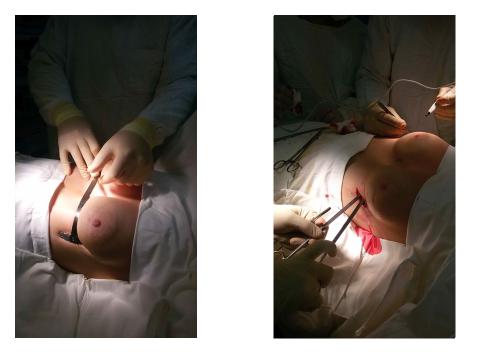
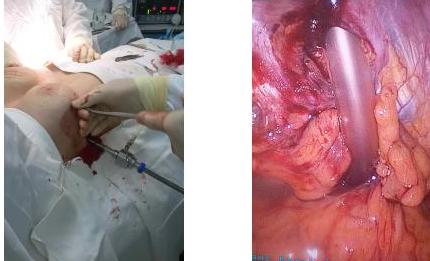
Video-assisted lung resection
.jpg)
.jpg)
Video-assisted thymectomy
.jpg)
.jpg)
Subxiphoid videothoracoscopy: removal of abdominomediastinal neoplasm
.jpg)
Separation (anterior and posterior) methods of ventral hernia repair
.jpg)
Implantation of bifurcation autograft from femoral veins in aorto-femoral position
.jpg)
.jpg)
X-ray endovascular interventions
abdominal aortic arthroplasty
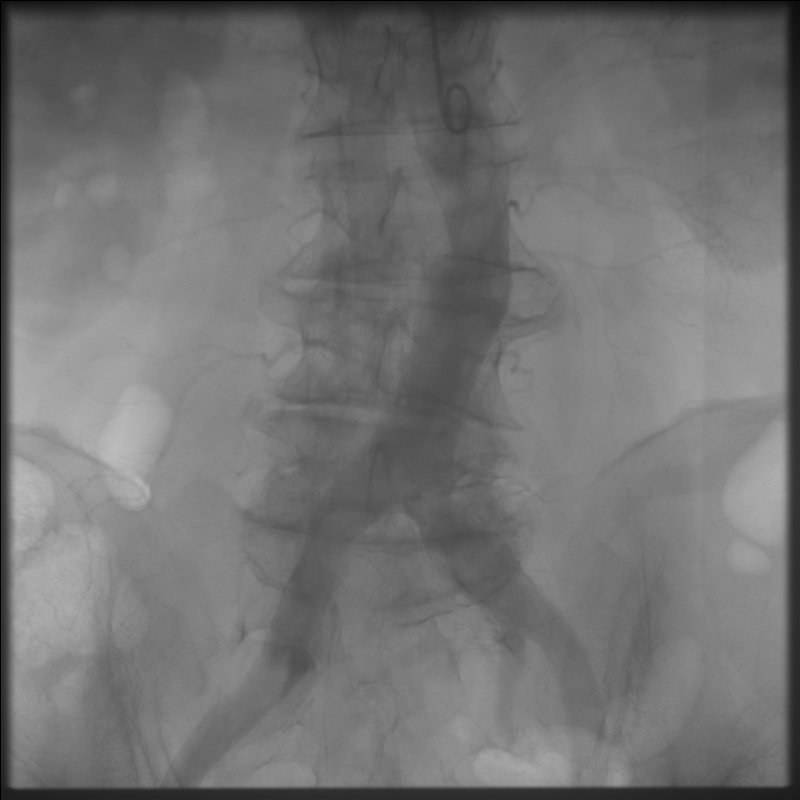
hepatic artery arthroplasty
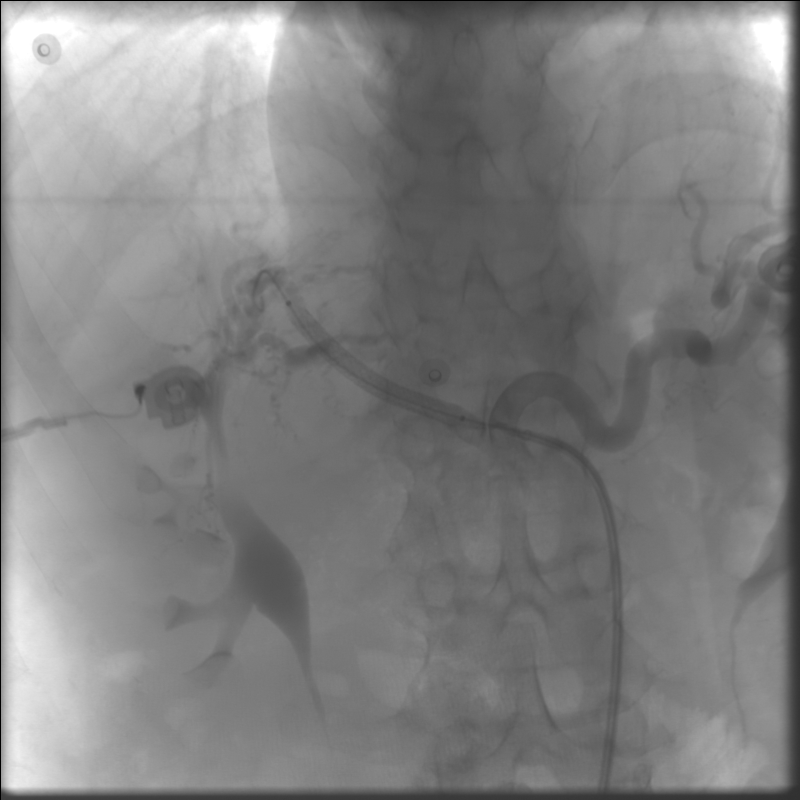
endoprosthetic vascular hemostasis in gastric vascular malformations
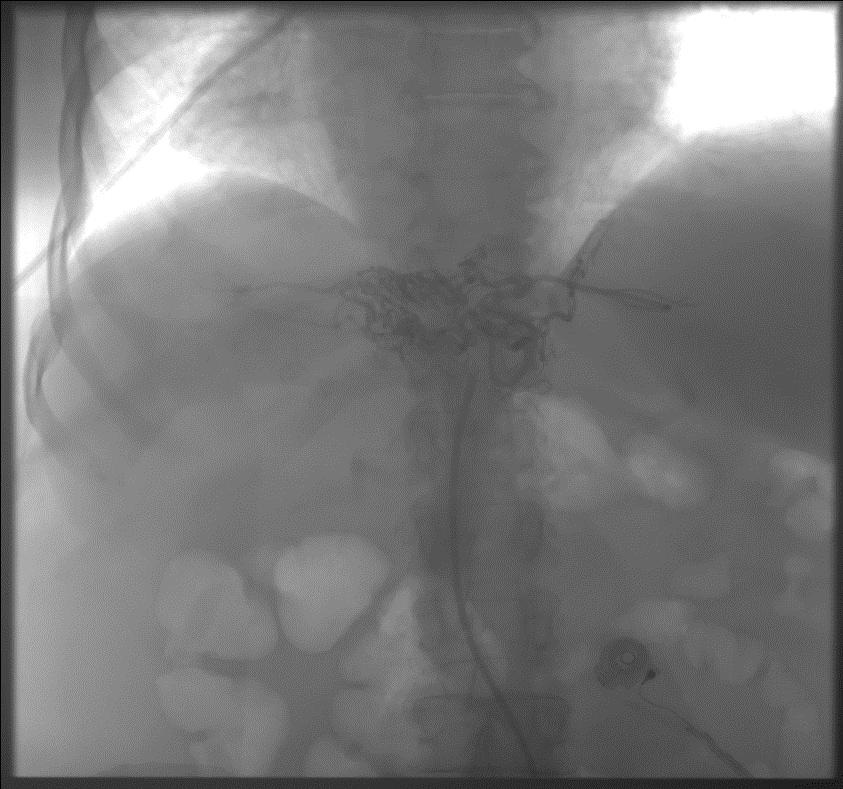
Laparoscopic longitudinal gastrectomy, laparoscopic mini-gastrobypass
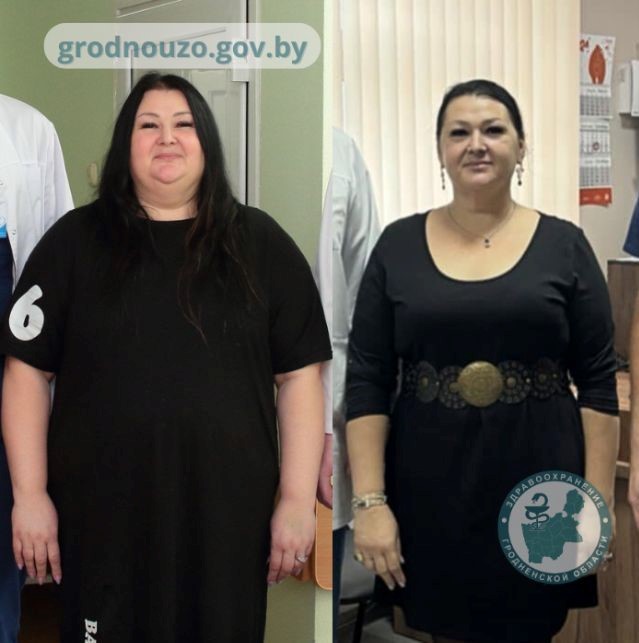
An important place in the clinical work of the department's staff is occupied by the training of graduates of medical universities from both the CIS and foreign countries and practicing doctors in clinical residency.
 Grodno State
Grodno State